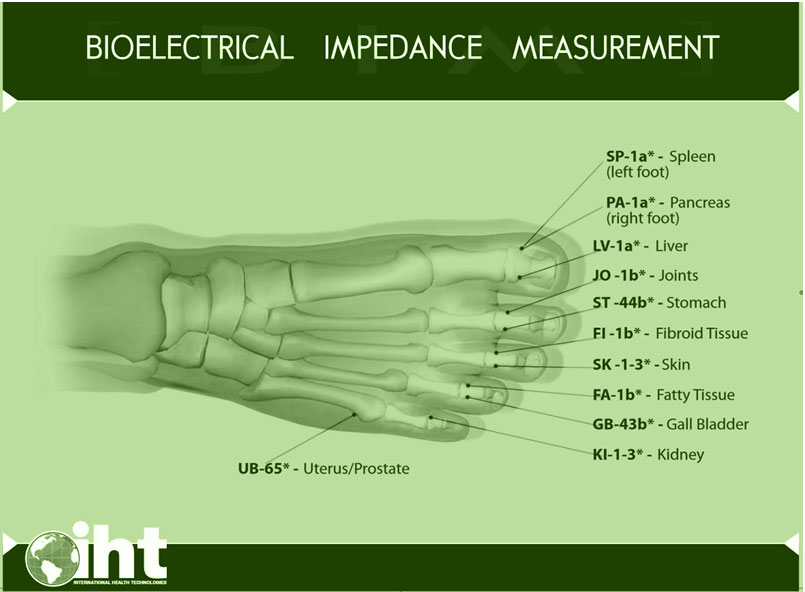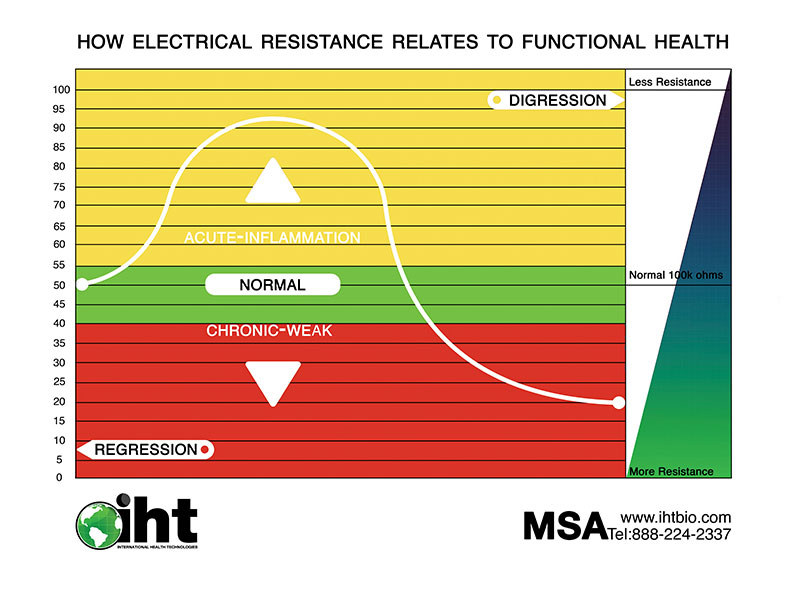Frequently Asked Questions
FAQ
How can we help you?
A food allergy is an adverse immune response to a food protein. They are distinct from other adverse responses to food, such as food intolerance, pharmacological reactions, and toxin-mediated reactions.
The protein in the food is the most common allergic component. These kinds of allergies occur when the body’s immune system mistakenly identifies a protein as harmful. Some proteins or fragments of proteins are resistant to digestion and those that are not broken down in the digestive process are tagged by the Immunoglobulin E (IgE). These tags fool the immune system into thinking that the protein is harmful. The immune system, thinking the organism (the individual) is under attack, triggers an allergic reaction. These reactions can range from mild to severe. Allergic responses include dermatitis, gastrointestinal, and respiratory distress, including such life-threatening anaphylactic responses as biphasic anaphylaxis and vasodilation; these require immediate emergency intervention. Individuals with protein allergies commonly avoid contact with the problematic protein.
The scope of the problem, particularly for young people, is a significant public health issue.
Source: Wikipedia – http://en.wikipedia.org/wiki/Food_allergy
Food reactions are common, but most are caused by a food intolerance rather than a food allergy. A food intolerance can cause some of the same signs and symptoms as a food allergy, so people often confuse the two.
A true food allergy causes an immune system reaction that affects numerous organs in the body. It can cause a range of symptoms. In some cases, an allergic food reaction can be severe or life-threatening. In contrast, food intolerance symptoms are generally less serious.
If you have a food allergy, even a tiny amount of the offending food can cause an immediate, severe reaction. Digestive signs and symptoms may include nausea, vomiting, cramping, and diarrhea. Other signs and symptoms can include a tingling mouth, hives, and swelling of the lips, face, tongue, and throat. A life-threatening allergic reaction known as anaphylaxis can cause breathing trouble and dangerously low blood pressure. If you have a food allergy, you’ll need to avoid the offending food entirely.
Food intolerance symptoms generally come on gradually and don’t involve an immune system reaction.
Source: Mayo Clinic (James T C Li, M.D., Ph.D.) – http://www.mayoclinic.com/health/food-allergy/AN01109
Gluten (from Latin gluten, “glue“) is a protein composite found in foods processed from wheat and related grain species, including barley and rye. Gluten gives elasticity to dough, helping it rise and keep its shape and often gives the final product a chewy texture. Gluten may also be found in some cosmetics, hair products, and other dermatological preparations.[1]
Gluten is the composite of a gliadin and a glutenin, which is conjoined with starch in the endosperm of various grass-related grains. The prolamin and glutelin from wheat (gliadin, which is alcohol-soluble, and glutenin, which is only soluble in dilute acids or alkalis) constitute about 80% of the protein contained in wheat seed. Being insoluble in water, they can be purified by washing away the associated starch. Worldwide, gluten is a source of protein, both in foods prepared directly from sources containing it and as an additive to foods otherwise low in protein.
The seeds of most flowering plants have endosperms with stored protein to nourish embryonic plants during germination. True gluten, with gliadin and glutenin, is limited to certain members of the grass family. The stored proteins of maize and rice are sometimes called glutens, but their proteins differ from true gluten.
Source: Wikipedia – http://en.wikipedia.org/wiki/Gluten
There are actually lots of options.
To start, unprocessed fruit, vegetables, meat, poultry, seafood, dairy, and oils are all naturally gluten free. So are beans, legumes, rice, and sweeteners like honey and sugar. In general, you will notice that all of these foods do not need ingredient labels, or have ingredients lists with only one item.
When these basic foods are processed into other products, you need to start looking at the ingredient lists to make sure that all of the ingredients in the product are gluten free. When you take a naturally gluten-free potato and fry it and add spices, you need to read the label to make sure that all the ingredients added are gluten free. When you grind meats and add spices and stuff it into casing to make sausage, you need to do the same thing – read the label to make sure the final product is gluten free.
The challenge comes when it comes to grains and baking products because wheat is the primary starch used in so many baked goods. There are a lot of different products that can be used when you create gluten-free baked goods, however. Here are some of them:
- Amaranth
- Arrowroot flour
- Bean flour
- Buckwheat
- Chick pea flour
- Corn flour
- Cornmeal
- Cornstarch (Masa farina)
- Green pea flour
- Kudzu
- Millet
- Mustard flour (ground mustard)
- Oats* (pure uncontaminated with barley or wheat)
- Potato flour
- Potato starch
- Quinoa
- Rice bran
- Rice flour
- Rice flour (glutinous, sweet)
- Rice starch
- Sorghum
- Soya flour
- Soya starch
- Tapioca flour
- Tapioca starch
- Teff
* Oats, unless they are specially grown, harvested, and processed, contain barley and wheat. Only pure and uncontaminated oats are acceptable for people with celiac disease. More information.
Adapted with permission from Gluten-Free Diet: A Comprehensive Resource Guide 2008 by Shelley Case, Dietitian.
Source: Canadian Celiac Association – http://www.celiac.ca/index.php/about-celiac-disease/what-to-eat/
Testing Areas of the Foot

Testing Areas of the Hand

How electrical resistance relates to functional health
